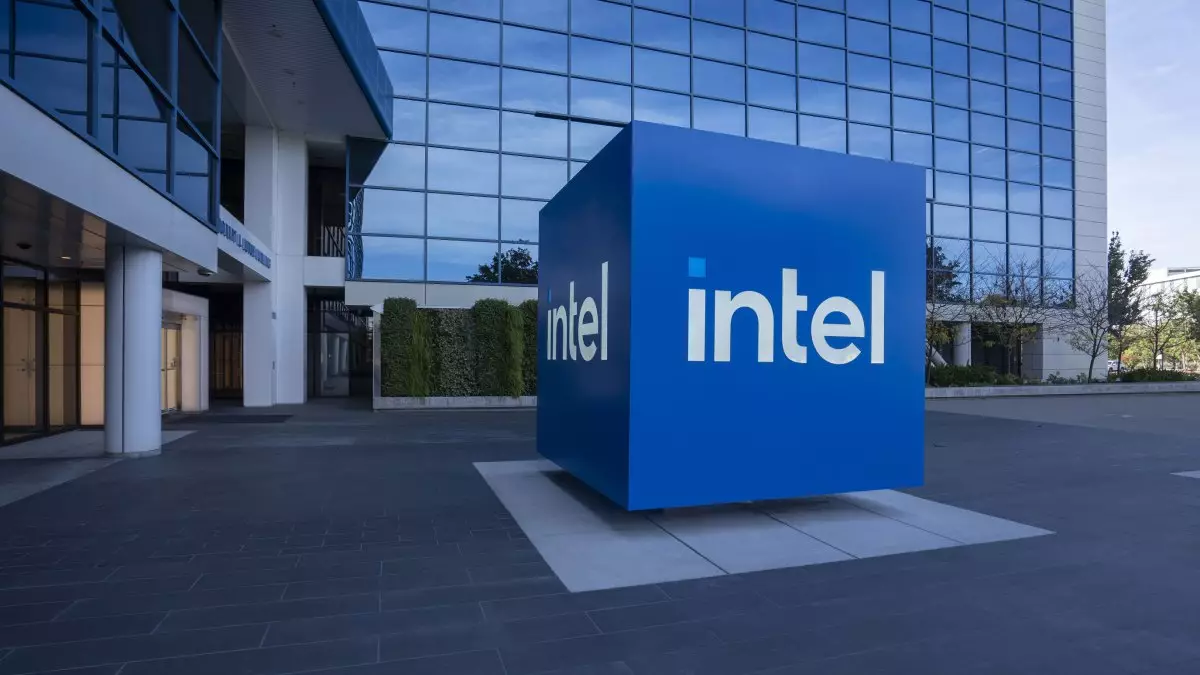Intel Corporation, a titan in the semiconductor industry, has ushered in a pivotal change in leadership by appointing Lip-Bu Tan as the new CEO. This announcement came late Wednesday, marking a definitive shift after a period of interim leadership held by David Zinsner and Michelle Johnston Holthaus. Tan’s elevation to this crucial role not only reaffirms Intel’s strategic direction but also signifies an evolution in its leadership paradigm. With Zinsner retaining his position as CFO and Holthaus overseeing the Intel Products division as CEO, the recent changes illustrate a blend of continuity and fresh perspective, fostering hope for renewed vigor within the company.
Unparalleled Experience and Connection
Lip-Bu Tan is not a newcomer to the tech landscape; rather, he is a seasoned veteran whose career spans several decades and notable achievements. His previous role as CEO of Cadence Design Systems speaks volumes about his capabilities in managing tech enterprises. Tan’s impressive resume includes stints at notable energy firms, along with a significant tenure as a partner at Walden USA, before founding Walden International in 1987—a venture capital firm renowned for its contributions to the technology sector.
What sets Tan apart is his extensive network; his involvement with boards at Hewlett Packard Enterprise, Schneider Electric, and SoftBank reflects a trust in his leadership acumen by industry heavyweights. This web of connections has positioned him to not only navigate but also shape the future landscape of Intel amid fierce competition. The anticipatory rally in Intel’s stock, which soared approximately 11% in after-hours trading post-announcement, underscores market confidence in Tan’s capability to drive significant change.
Vision for an Engineering-Powered Future
Following his appointment, Tan outlined his vision for Intel, emphasizing a commitment to operational excellence and customer-centric innovation. He articulated a plan for Intel to become “an engineering-focused company,” prioritizing the development of superior products. This approach resonates with an industry increasingly driven by rapid technological advancements and consumer expectations. Tan’s insistence on accountability and trust-building as cornerstones of Intel’s culture presents a refreshing perspective that could potentially inspire a more agile and responsive organization.
The semiconductor industry is currently facing a multitude of challenges, from supply chain disruptions to the race for relevancy in artificial intelligence and machine learning. Under Tan’s stewardship, Intel is poised to confront these hurdles head-on. His emphasis on listening to customers reflects a strategic pivot towards aligning product development more closely with market needs, thereby fostering stronger ties between the company and its user base.
Balancing Innovation and Stability
Tan’s appointment comes during a transitional phase for Intel, marked not just by heightened competition but also by a critical need for innovation amidst a rapidly evolving technological landscape. His strategy emphasizes a balance between innovating groundbreaking technologies and maintaining operational stability—an art that few leaders have mastered.
This dual-focus could be the defining feature of Tan’s leadership, enabling Intel to remain a linchpin in an industry characterized by explosive growth and frequent disruption. His ability to harness the company’s inherent strengths while pushing the envelope on product development will be critical. The tech world is watching closely, eager to see if Tan can channel his extensive experience into guiding Intel towards a brighter and more innovative future.

